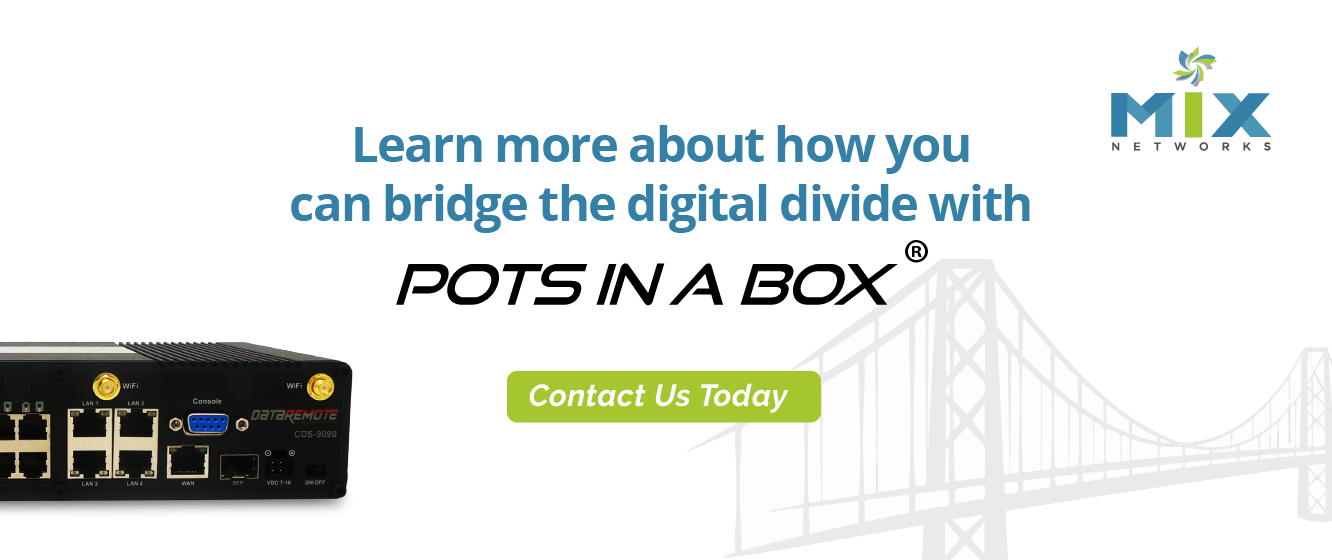In 1965, American engineer Gordon Moore theorized that the transistors on computer chips (and by association, technology) doubled every two years and Moore’s Law was born. Although magazine’s and news outlets of the time referred to Moore’s Law with the same “assurance” as Newton’s Law of Motion, Moore’s Law was an extrapolation of an observation that continued for close to 50 years before reaching the point of critical mass and slowing the process of change down.
Regardless of the rate of change, one thing that is certain is that technology changes fast. Two, even three years after the purchase of unified communications and a Hosted PBX solution, the system is already yesterday’s technology. This frustrating reality can negatively impact IT budgets and the competitive advantage of your business. By turning to cloud solutions, many businesses have been able to access new features and functionality as soon as they are available without having to replace the entire infrastructure or buying new products.
And this worked great for both digital VoIP and analog POTS (plain old telephone service) systems. Until it didn’t.
The network of copper wires that connect our businesses physically to send sound that ultimately travels from our business to the receiver’s ear is being retired. It is being sent home with rousing choruses of “For He’s a Jolly Good Fellow” and a healthy dose of gratitude for all the hard work over the last century of service. For those who have already invested and migrated over to digital solutions for their telecommunications, the retirement of the PSTN is not as big of a challenge but for those who are still operating with the traditional POTS solutions, this can cause significant disruption.
How Can Businesses Reduce their Risk of Disruption?
Investing in a new communications solution, only to learn that it will be going obsolete in the very near future is frustrating for all involved. But the severity of the disruption could be minimized by following these steps:
- Assess your current telecommunications devices. How many phones does your business have? What type, and what function do they perform? Do they currently run on a digital signal, or on the analog PSTN? Make sure you have a thorough inventory of all your network touchpoints and if they are compatible with both digital and the PSTN. Keep in mind this could include more than just telephone devices. Things such as elevator emergency phones, alarm panel communications, fax machines, security gates, fax machines, and more have a strong potential of being disrupted when the copper lines cease to exist. You can see a full list of the potential devices that could be impacted in our guide here.
- Find out when your provider plans on disconnecting the PSTN. Many providers have already begun the process of retiring the analog network, and some have already issued notices. Others have started to refuse any new analog line requests. Determining where your provider is in this process can give you a timeline to work from in order to help your business get ahead of the curve.
- Do you have a plan in place? Having a backup plan in the event of an outage to critical infrastructures, like your telecommunications, is essential to ensuring the long-term success of your business. The same is true for your telecommunications solution with the retirement of the analog network. Depending on what type of solution you have determines the path forward. Devices, such as POTS IN A BOX are available to connect analog systems to the newer digital networks, saving your business a large cost expenditure and a full rip and replace to continue communicating after the POTS line retirement.
POTS Lines Replacement Devices Extend The Life of PBX Solutions
While we can’t stop the analog lines of the past from fading to memory, we can get more out of our PBX solutions long past the retirement of the copper lines. How? Keep reading to find out…or contact us today.
- POTS Landlines Are Out, Now What?
- Solutions For POTS Line Replacement
- Is Your Business Ready for the Death of the PSTN?








